Now Reading: Top 10 Best Places to Visit in Ho Chi Minh – History, Markets & Modern Vibes
-
01
Top 10 Best Places to Visit in Ho Chi Minh – History, Markets & Modern Vibes
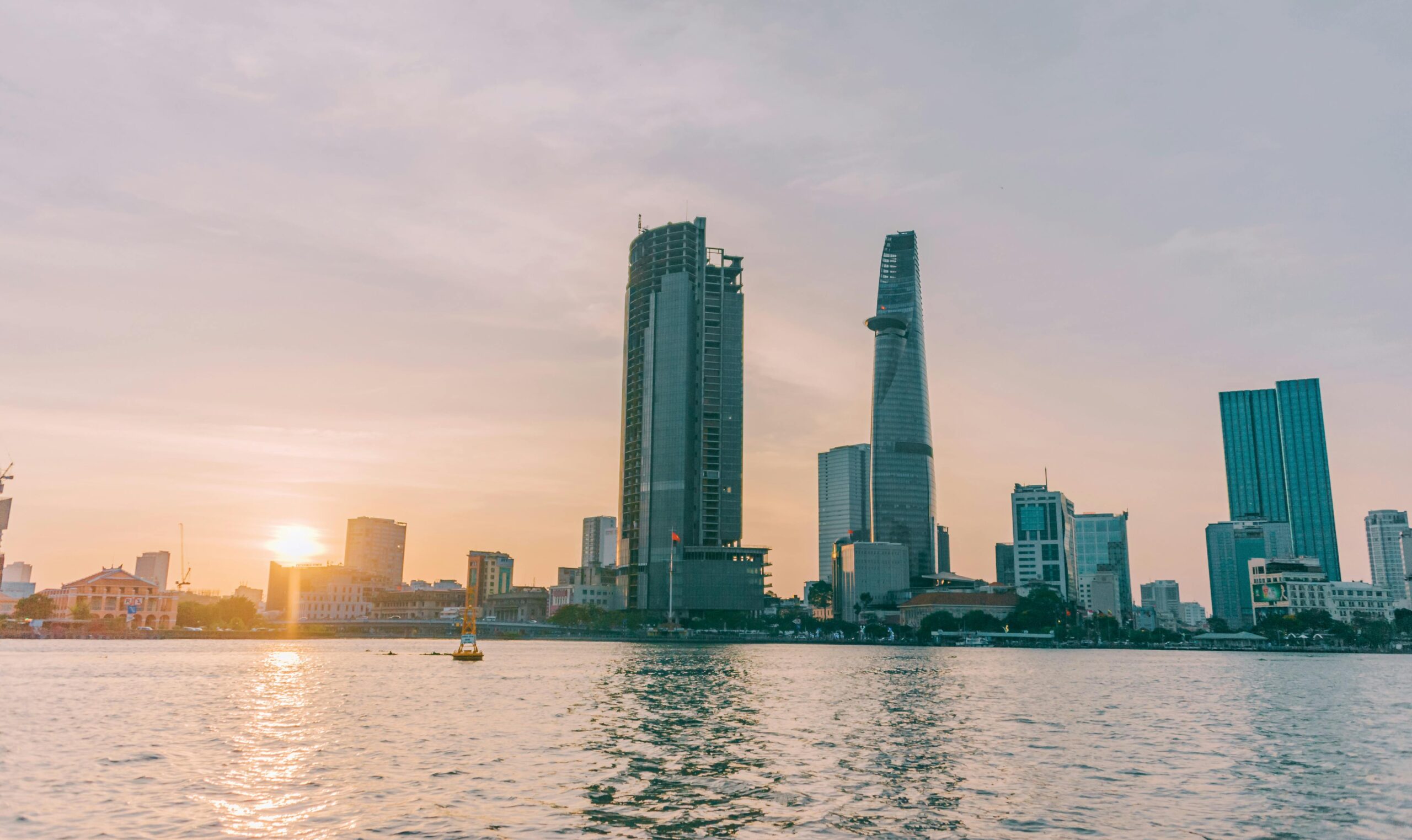
Top 10 Best Places to Visit in Ho Chi Minh – History, Markets & Modern Vibes
1.Cu Chi Tunnels
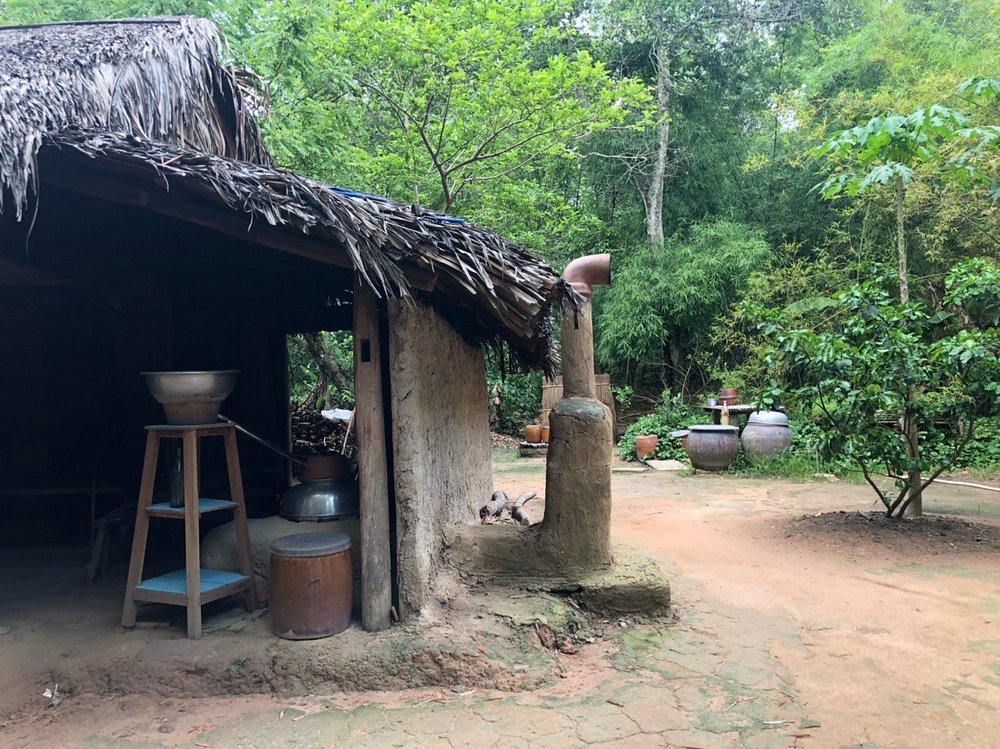
Taking some time to visit the Củ Chi Tunnels brings to light how important these underground tunnels were for Vietnam’s independence. The Viet Cong made these narrow tunnels by hand and by the Vietnam War, they covered approximately 250 kilometers and became a complex network for the war. You don’t only take a tour in the tunnels; you also feel the determination and ingenuity of Vietnamese soldiers in action.
Now, visitors can come to the tunnels and crawl through some sections, discover exhibits from the war and even try out the Viet Cong’s original traps. It stands out among Vietnam’s historic sights and reveals how the people fought in the midst of war.
The history and significance of martial arts play a key role in what we learn.
At first, the Củ Chi Tunnels were made to resist the French in the late 1940s, but they were greatly increased in size during the Vietnam War (1955–1975).
The Viet Cong depended on the secret tunnels to easily move, find shelter, leave supplies, talk over open lines and start surprise assaults on the Americans and South Vietnamese.
Whole neighborhoods were built underground, with hospitals, kitchens, factories for weapons and dormitories among them.
They represent how resourceful, persistent and guerrilla-minded the Vietnamese were in fighting and they are now a lasting image of Vietnam’s war history.
When you should go depends on your preferences.
Visiting in the morning means you’ll see fewer people and experience fewer tourists in crowds.
The best time to visit is during dry season from November to March, whereas after a rain in the wet season, the tunnels can become slippery and muddy.
You need to pay an entrance fee.
- Each site has its own prices; visitors often find Ben Duoc less expensive and more authentic and Ben Dinh is meant for tourists.
- Location: Củ Chi District which is about 70 km from the center of Ho Chi Minh City.
- It is recommended to explore this place for approximately 2–3 hours.
- The most recommended months for a visit are November to March and going early in the morning will help you avoid crowds and the heat.
2.War Remnants Museum
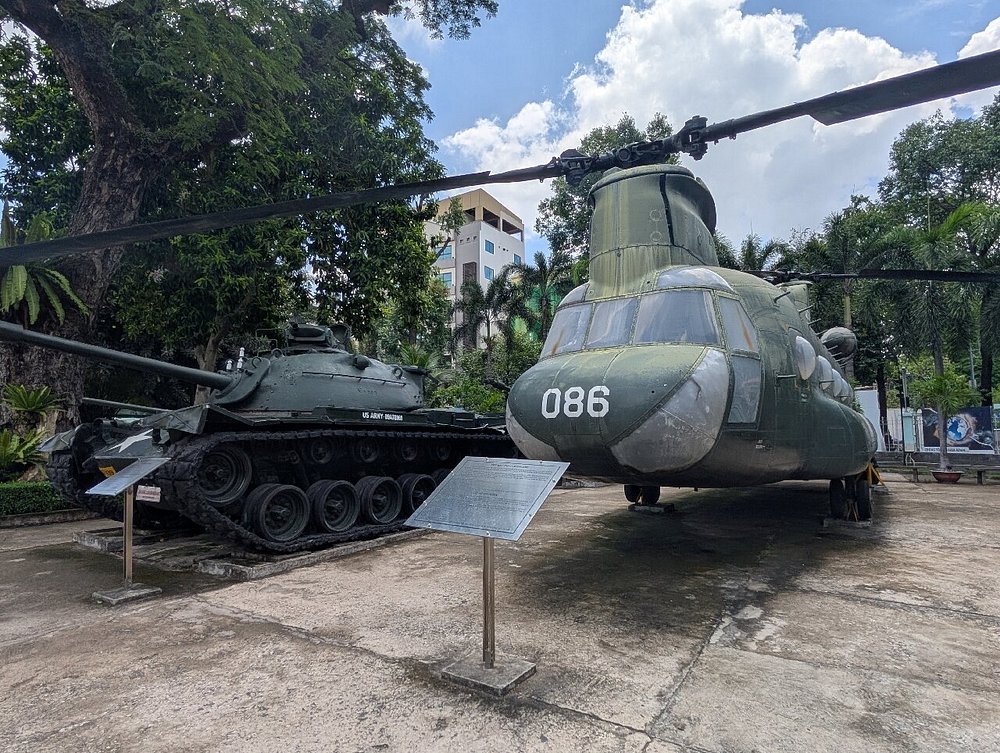
About 500,000 people visit Vietnam’s War Remnants Museum every year, making it one of the most popular cultural institutes around. In the heart of Ho Chi Minh City, the museum describes the Vietnam War (known as the American War in Vietnam) and other battles that played a big role in Vietnam’s modern history.
Although the exhibits are very serious and moving, the museum’s goal is to inform, engage in reflection and promote peace. Those interested in Vietnam’s history of war and what remained from it should pay a visit here.
The history and significance of Martin Luther King Jr.
In 1975, the museum was opened not long after Vietnam’s reunification and at first it was named the Exhibition House for US and Puppet Crimes.
With time, the collection was updated and in 1995 it became the War Remnants Museum to highlight messages of recovering, remembering and promoting peace.
It belongs to ICOM, the International Council of Museums and focuses on study and teaching about peace and conflict.
The museum takes care of many items, including 20,000 documents, photographs and artifacts and 1,500 items placed on permanent display in eight theme-based sections.
Figuring out the right time to visit is important.
You should try to visit before 9:00 AM or after 3:00 PM to be spared from the crowds and heat.
You should set aside at least 1.5 hours to spend time with every exhibit.
You will need to pay an admission fee.
VND 40,000 which is about $1.60 USD
Since you are a student or senior, you get discounts.
- 28 Võ Văn Tần is where you can find this place in District 3 of Ho Chi Minh City.
- It is recommended to spend about 1 to 2 hours on this site.
- Aim to go early in the morning or late in the afternoon (because it becomes very hot during the day).
3.Ben Thanh Market
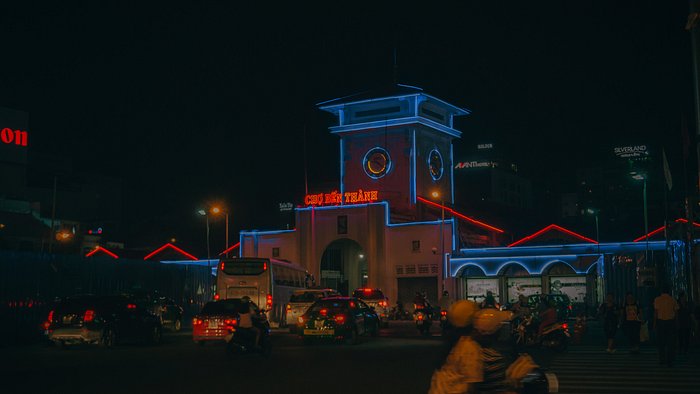
Not only is Bến Thành Market a good spot for shopping, but it’s also an essential attraction for all travelers in the city. There are over 1,500 stalls in the market and it spills over into nearby streets, turning the place into a little clear picture of the daily life of Vietnamese people. You can experience and love Saigon through its wonderful street food, aromatic coffee and thoughtful souvenirs.
The clock tower at its front makes it a famous landmark as well as a bustling place for both tradition and trade.
The cultural significance and the events in history of dance
At the start of the 17th century, Bến Thành worked as an unstructured market found near the river.
The church was moved and started being built in 1912 by the French colonial administration, turning into a recognized landmark in central Saigon.
With time, Bến Thành turned into a gathering spot, a strong symbol and an important meeting place for Vietnamese and for tourists.
It is still one of the longest-lasting buildings in Hanoi and an important part of District 1.
The best time to visit is .
- You’ll find that mornings are a good time to visit, since it’s not that busy and the weather isn’t too extreme.
- It’s hot and busier outside in the afternoon, but night market stalls which start at 6 PM, present street-food options you can try.
- Lê Lợi Street, District 1, is where you can find Ho Chi Minh City.
- The process takes about 1 to 2 hours.
- It’s best to visit the market either early in the morning or after 4 PM
4.Bui Vien Street

The beat of Ho Chi Minh City after dark can only be found on Bùi Viện Street. In Vietnam, many know this street as “Phố Tây,” while abroad it is known as Saigon’s Khao San Road which makes it the hotspot for backpackers who want to party during their stay.
Be ready for lots of bright lights, lively music, affordable beer, musicians and plenty of stands making all kinds of food, from spicy barbecues to pancakes. The area is loved by visitors, expats and the locals.
You can either dance late, drink and watch others or simply enjoy the buzz and Bùi Viện in the evening is the perfect spot for that.
How and why it began
At first, Bùi Viện was mostly a peaceful place for locals, but in the 1990s, the rise in backpackers brought lots of affordable hostels, tour groups and bars.
With time, it developed into a major place for nightlife—and because of this, its nickname become “Backpacker Street” for budget travelers and locals who crave adventure.
Now, Nguyen Hue is a reflection of Vietnam’s embracing of cultures from all over the world.
On the weekend, Bùi Viện is closed to cars after 7:00 PM and turns into a busy and lively party that lasts all night.
- Why Should You Spend Time on Bùi Viện Street?
Going to Bùi Viện is more than just drinking; it captures the free, lively and appealing atmosphere of Saigon. Even if you come here alone or with companions, you’ll have a great time chatting with fellow tourists, sampling traditional meals or observing the city’s big night. - If you are not too nervous, you will enjoy experiencing the moments that this performance provides.
- Bùi Viện Street, in District 1, Ho Chi Minh City
- It may take 2–3 hours or until sunrise, to finish.
- The park is best seen after dark from 7 PM, especially at around 10:00 PM and midnight.
5.Central Post Office
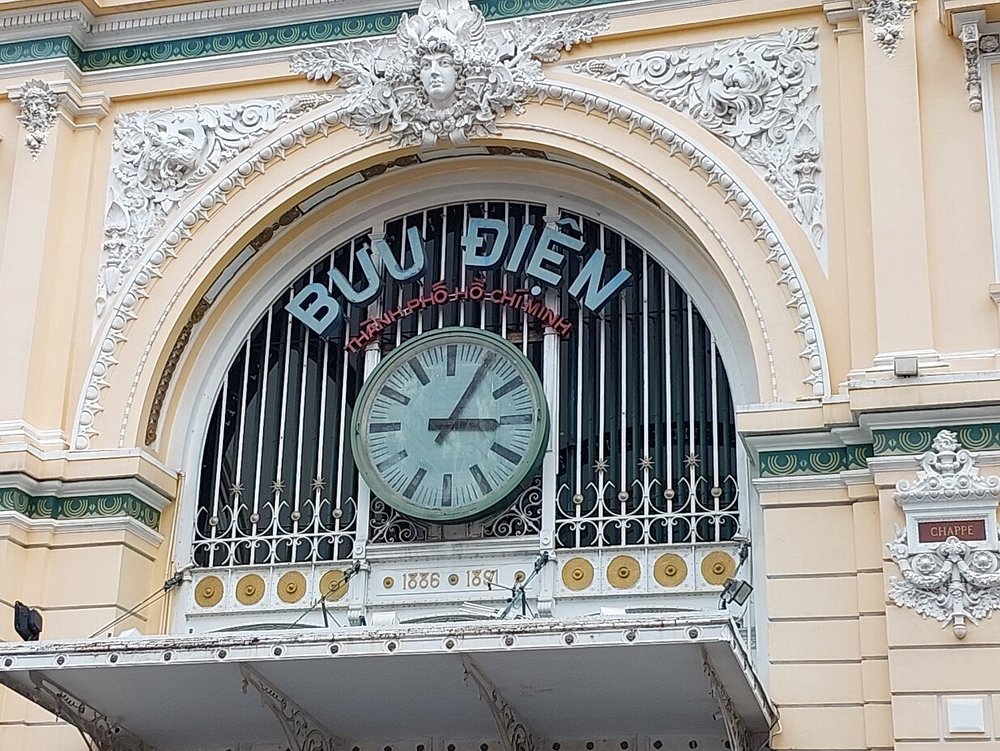
When you visit the Central Post Office in Ho Chi Minh City, you can see how beauty and practicality used to meet. On the other side of the Notre-Dame Cathedral, you’ll find a working post office that is known as a major colonial-era monument in Vietnam.
Grand archways, marble ground and antique phone booths transform the place from a southeast Asian station into a 19th-century European train station. No matter if you’re sending a letter, fascinated by the architecture or just want to avoid the heat, stopping at the Central Post Office in Saigon is an easy and unmissable choice.
There are 12,000 years of history behind the Mayan civilization.
Between 1886 and 1891, Alfred Foulhoux designed the Central Post Office, but his work was overshadowed by Gustave Eiffel’s name because he built colonial structures in Vietnam as well.
Saigon which was a busy colonial capital, was considered the major community in French Indochina, so the building was built in the 1920s to support its growing communication activities.
Today, this site highlights history, as French Renaissance and Gothic elements meet the lively busy air of modern Ho Chi Minh City.
You can find the following inside the exhibition:
- A big portrait of Ho Chi Chi Minh watching over the main hall.
- The first map depicts the telegraphic network in Southern Vietnam at that time and the second focuses on the colonial area around Saigon.
- Customers can visit the site to send packages, use modern features and enjoy the unique antique design.
- Are you wondering why this Central Post Office should be included in your itinerary?
- After an hour, you’ll live through Vietnam’s colonial years, observe an architectural marvel and marvel at craftsmanship from the past, all while saving money on admission.
- Larger than just a structure, the Central Post Office tells a peaceful story of shifting culture, impressive architecture and normal daily life. No matter if you admire history, buildings or eye-catching backgrounds for photos, this place is a must for you.
- Place: 2 Công xã Paris, District 1, Ho Chi Minh City
- The experience will not take longer than 1 hour.
- The best time to be there is in the morning, as the light is better and you won’t need to fight the crowds.
6.A O Show – Lune Production

The À Ố Show narrates about life in Vietnam before and after urbanization and it does this by blending bamboo circus, contemporary dancing, acrobatics and traditional live music. “À Ố” is a Vietnamese title that stands for “Làng Phố,” meaning “village and city.” This reflects the main idea behind the drama which is cultural change.
At the Saigon Opera House, visitors watch the show and experience the country’s traditions and traditions through Mr. Horn’s modern approach to storytelling and artistic performances.
Story of the Gun
In 2012, Lune Production, creators of the À Ố Show, began in Ho Chi Minh City to highlight Vietnamese culture with its professional performances .
Because of its performances in more than 11 countries, the show has become recognized internationally and proves that Vietnamese cultural stories are enjoyed by many people everywhere.
The price of tickets depends on what kind you get: “AÁ!” for 700,000 VND, “OOH!” for 1,150,000 VND and “WOW!” for 1,600,000 VND. Where you sit determines the cost of your tickets .
- For the best seats, people should book in advance, especially when many others are planning to travel.
- People usually wear smart casual clothes at the show venue.
- Location: Saigon Opera House – 07 Công Trường Lam Sơn, District 1, Ho Chi Minh City
- A lesson should not last longer than 1–2 hours.
- check the official website for current movie showtime information
7.Bitexco Financial Tower
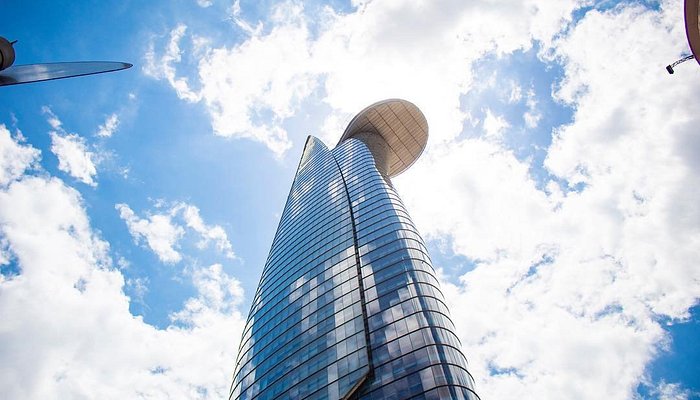
When it was complete in 2010, the Bitexco Financial Tower was the country’s tallest building with a height of 262.5 meters and 68 floors. The unusual shape of the tower was chosen by Venezuelan-American architect Carlos Zapata, as it reflects the lotus bud, Vietnam’s national flower which represents the nation’s rising and prosperity.
The tower includes offices as well as shops, restaurants and the famous Saigon Skydeck on the 49th floor giving a wide view of the city.
What is the Reason to Climb Bitexco Financial Tower?
Besides being an impressive building, the Bitexco Financial Tower reflects the country’s quick development and traditions. The design modeled after a lotus flower shows Vietnam’s national character and the Skydeck offers the best views you can find of Ho Chi Minh City. Those who care about architecture, culture or an unusual look will find the tower an important reason to visit this city.
- Afternoon to early evening time is perfect to enjoy the setting sun and city’s lightscape.
- 36 Ho Tung Mau Street, Ben Nghe Ward, District 1, Ho Chi Minh City
- mathrm. It will take around 1 to 2 hours.
- A visit is possible every day from 9:30 AM to 9:30 PM.
- The prices for tickets are mentioned below.
- Young adults (13–65 years) should pay 200,000 VND for a ticket.
- For children from 4 to 12 years and seniors over 65, the ticket price is 130,000 VND.
- Anyone under 4 years can enter for free.
8.The Independence Palace
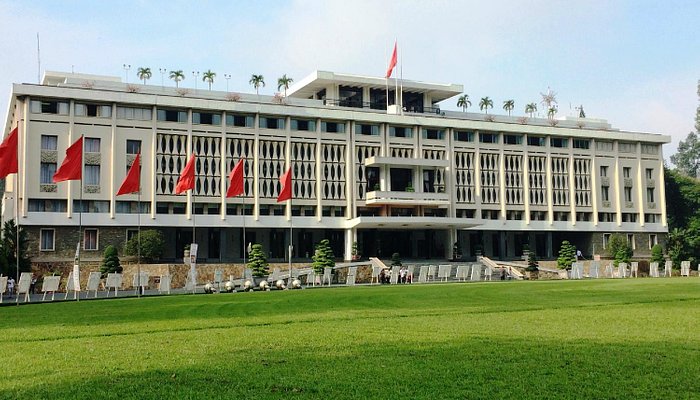
Today’s House of Representatives was originally built in 1868 as Norodom Palace during the time of French rule and was used as the home for the Governor of Cochinchina. In that year, it was given the new name Independence Palace and started to be used as the president’s official residence by Ngô Đình Diệm. When a bombing in 1962 caused damage to the palace, it was decided to build a different palace. The architect Ngô Viết Thụ designed the new structure which was completed in 1966. The palace became known in history on April 30, 1975, when a North Vietnamese tank crashed the gates and marked the end of the Vietnam War and the country’s reunification.
Architectural Significance
The Independence Palace is an excellent display of combining traditional Vietnamese elements with modern architecture. With a total area of 120,000 square meters, the building has more than 100 rooms, wonderfully decorated to look like they did in the era. Some of the unique areas in the museum are the President’s Office, the Cabinet Room and the War Command Room which has original communication gear used by the military.
What are the reasons for a visit to the Independence Palace?
Independence Palace gives you the chance to experience Vietnam’s rich history from the colonial period to the present day. Anyone wanting to grasp the country’s path to unity should make sure to visit the palace which honors Vietnam’s survival.
- It’s best to visit the temple early in the day or in the late afternoon to ensure you don’t meet too many people and to stay away from the midday sun.
- Attire: It is suggested you dress modestly; do not wear sleeveless or short clothes.
- The address is 135 Nam Kỳ Khởi Nghĩa Street in District 1 of Ho Chi Minh City
- The concert might take up to 1 hour.
- The park is open daily, starting at 8:00 AM and finishing at 4:30 PM (ticket sales close at 3:30 PM).
- Admission to this place costs adults 40,000 VND, students pay 20,000 VND and children are charged 10,000 VND.
9.Ben Nghe Street Food
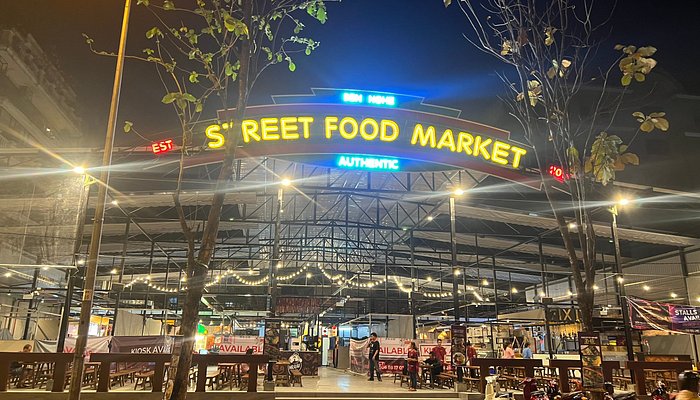
At first called the Bến Thành Street Food Market when it opened in 2015, this place became known as the Ben Nghe Street Food Market after relocating in March 2023. Because it is near the Independence Palace, the market is now famous among locals and tourists who want to experience real Vietnamese street food.
More than thirty stalls at the market provide dishes from the three main areas of Vietnam and from countries all over the world. Because of this, the city’s food scene is dynamic and brings together well-known Vietnamese cuisine and cuisines from other countries .
What Makes Ben Nghe Street Food Market a Good Place to Visit?
The Ben Nghe Street Food Market represents both the variety in Ho Chi Minh City’s foods and its rich cultural background. Both people looking to try Vietnamese cuisine and those seeking world food from different countries can enjoy a great meal at the market.
- It’s best to visit the market in the evenings, especially when they have music performances.
- ️The museum is located on Nam Kỳ Khởi Nghĩa Street in Bến Nghé Ward, District 1 in Ho Chi Minh City.
- You need about 2–3 hours to finish the activity.
- You can visit every day, from 9:00 AM in the morning until midnight.
- You can attend the event without paying anything.
10.Sai Gon Square
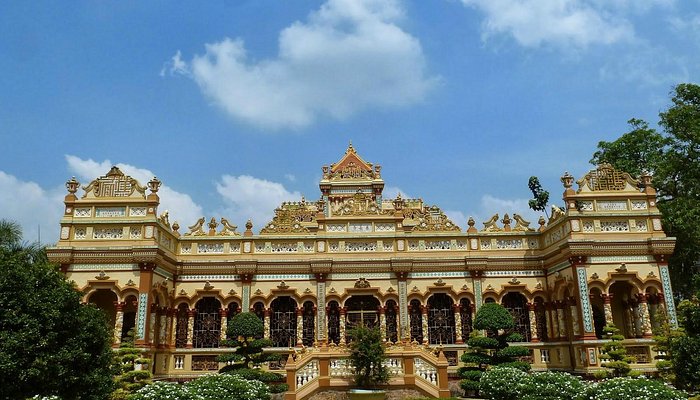
Saigon Square was created in 2000 and is now the top place for both locals and tourists looking for cheap clothing and accessories. Because it is air conditioned and more arranged, it is much nicer to shop in than a place like Bến Thành Market.
📍 Locations:
- Saigon Square 1 is at 77–89 Nam Kỳ Khởi Nghĩa Street in District 1.
- Saigon Square 3 is on Hai Bà Trưng Street between numbered 179E and 185, in District 1.
- You can visit the museum every day from 9:00 AM to 9:00 PM.
- It should take between 1 and 2 hours to visit the Wurm Archipelago.
Related articles : Top 10 Best Places to Visit in Hoa Binh – Ethnic Villages, Caves & Lakeside Retreats
Stay Informed With the Latest & Most Important News
Previous Post
Next Post
-
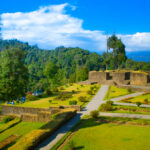 01Top 5 Best Places Visiting in Gyalshing – Monasteries, Lakes & Scenic Escapes
01Top 5 Best Places Visiting in Gyalshing – Monasteries, Lakes & Scenic Escapes -
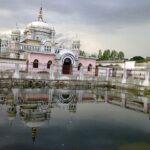 02Top 5 Best Places Visiting in Panna – Temples, Waterfalls & Wildlife Escapes
02Top 5 Best Places Visiting in Panna – Temples, Waterfalls & Wildlife Escapes -
 03Top 5 Best Places to Visit in Malerkotla – Malerkotla Fort, Sheesh Mahal & More
03Top 5 Best Places to Visit in Malerkotla – Malerkotla Fort, Sheesh Mahal & More -
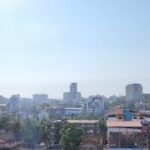 04Top 10 Best Places Visiting in Dakshina Kannad for Culture, Nature & Coastal Charm
04Top 10 Best Places Visiting in Dakshina Kannad for Culture, Nature & Coastal Charm -
 05Top 2 Best Places Visiting in Chitradurga for History, Nature & Adventure
05Top 2 Best Places Visiting in Chitradurga for History, Nature & Adventure -
 06Best Places Visiting in Shopian – Explore Top Attractions & Hidden Gems
06Best Places Visiting in Shopian – Explore Top Attractions & Hidden Gems -
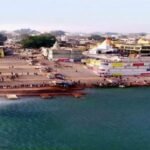 07Best Places Visiting in Narmadapuram – Temples, Waterfalls & Wildlife Escapes
07Best Places Visiting in Narmadapuram – Temples, Waterfalls & Wildlife Escapes












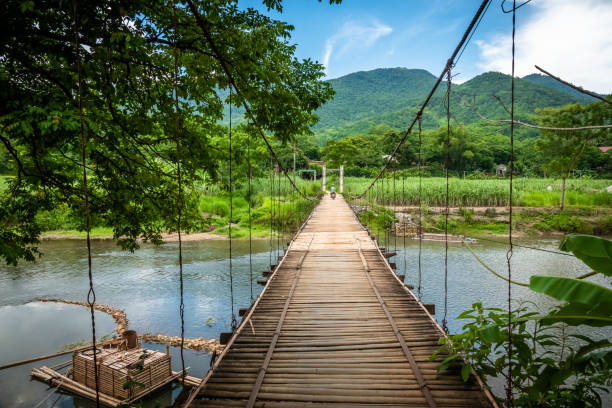
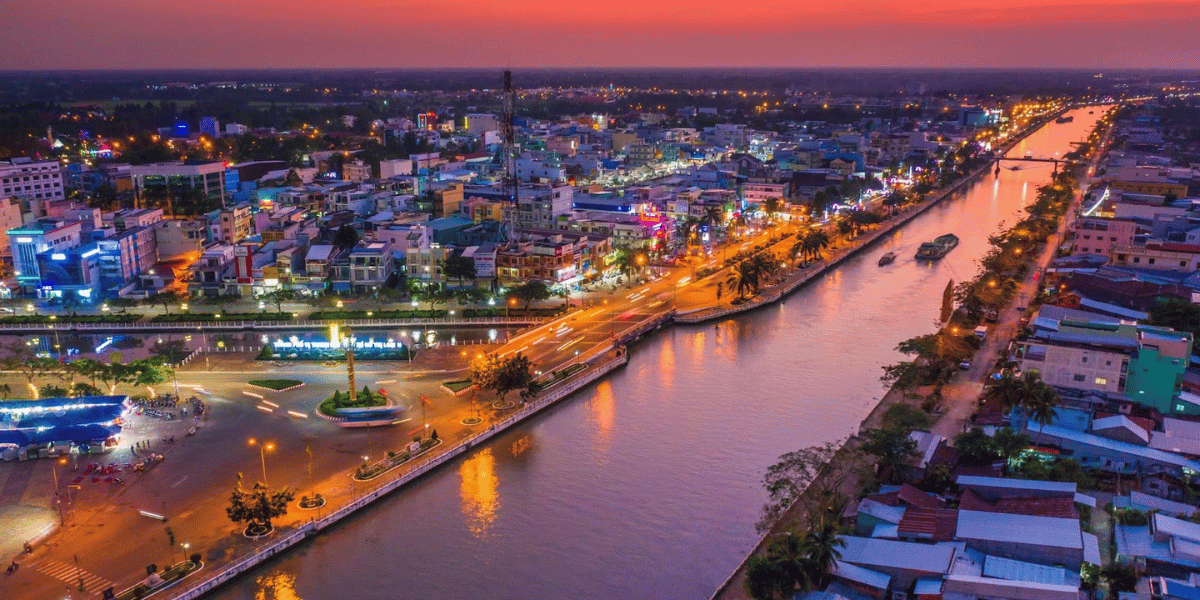
Pingback: Best Places to Visit in Hau Giang – Explore Floating Markets & Riverside Life